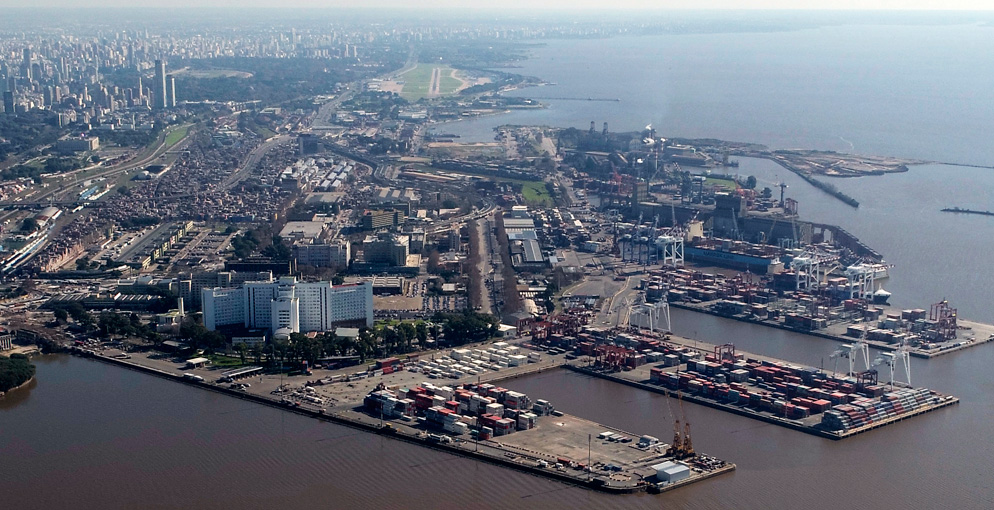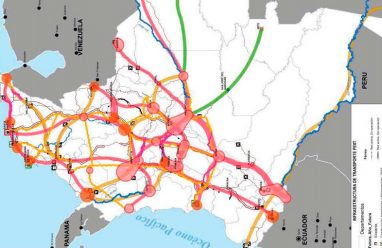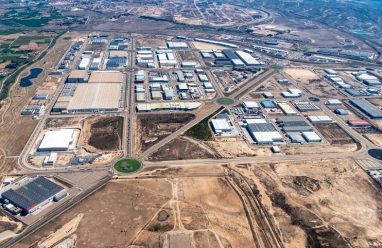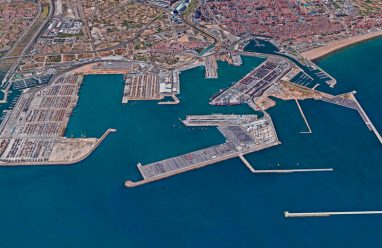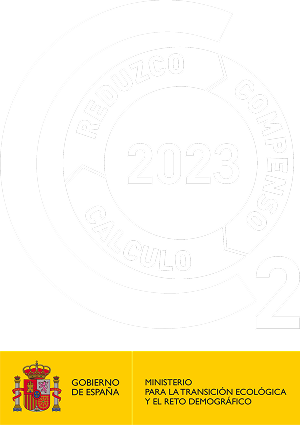The aim of the project was the detailed design of a new ‘pre-gate’ solution for the Port of Buenos Aires (PBA) that included the functional and operational design, the physical design and dimensioning, and the design of IT systems to support it, as well as the cost analysis and associated business modelling.
The project comes at a time of great change at the PBA brought about by a number of different circumstances: arrival of a new management team, end of the container terminal concessions, end of the CTVP (Port Vehicle Traffic Control) concession and the development of other infrastructure projects with a direct impact on port activities such as the new Ribereña Highway (Paseo del Bajo) project or the plan to revive the railways, among others.
As a result of the project, both a short-term and a more comprehensive long-term solution were proposed. The proposed solutions consisted of the following elements:
- Steering Committee (MCP): Top-level structure consisting primarily of representatives from the General Ports Authority, Prefecture, Police, Customs, City of Buenos Aires, Ausa, Freight Companies and Terminals, for taking strategic decisions that affect traffic management in and around the PBA.
- Traffic Control Centre (CCT): Centre managed by the PBA with access to CCTV images, information from a new operational control panel to oversee and manage traffic in and around the PBA, and direct contact with terminal operations, ZAP and traffic controllers.
- Automatic entry and exit gates (PE/PS): With a series of barriers and with different integrated technologies (SIP – Integrated Ports System) that automatically allow you to activate a set of controls.
- Port Support Area (ZAP): Parking buffer and managing traffic heading towards the terminals. The potential of being operational 24 hours a day and able to deal with all kinds of traffic.
- Monitored and/or exclusive lanes: For heavy lorry traffic in the stretch between the PE/PS, ZAP and the terminals. The aim is to separate the heavy vehicle traffic from other dense traffic from the city.
- Customs and Inspection Area (ZI): Centralized inspection area with a shift system coordinated with that of the terminals and integrated with the SIP, ZAP system and CCT.
- Integrated Transport Operations System (SIOT): An IT system that integrates and coordinates the different elements and systems that are part of the overall solution.

